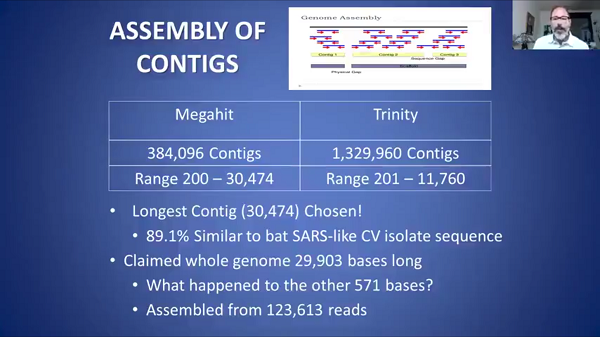If you use Windows, you can quickly determine if your computer is infected. Press Windows key + R and you'll get a "Run" dialog. Enter cmd, then press Enter. This opens the Windows Command Prompt. Now, type the following and then Enter:
findstr 127.0.0.1 %SYSTEMROOT%\system32\drivers\etc\hostsOn a clean system, the output should be empty (no lines). But if your system is infected, you may see this:
# 127.0.0.1 localhostIf you see this output, your system is infected by a computer coronavirus. For sure!
This is a dangerous virus that you cannot fix yourself. You might see no symptoms, but you can easily spread it to others. For only $100 a year, you can get my Snake Oil Virus Cleaner. This will eliminate the infection and vaccinate your system. If not for yourself, you must get this to protect the computers of others. Every good person does this. Are you a no-good?
Just sign this form where I accept no liability and run with your money. The software might kill you. No refunds!
If you thought that was bogus...
... then you'll enjoy these videos regarding the isolation of SARS-CoV-2. This video by Dr. Andrew Kaufman is the clearest explanation I've seen of how "Next Generation Sequencing" works – and the gaping problems with it:
Once you watch this, it will be obvious how a person can take a swab from their dog, or even tap water; send it for consumer DNA testing; and receive results as if the sample was human. The process finds whatever it wants:
She ordered another Childhood Development kit, and sent in a sample of tap water from her kitchen sink on March 17, 2018. Again, she got a full report back from Orig3n. According to the report, the tap water would need longer to develop skills required for language learning.
This second video is less technical, and features Kaufman in addition to several others, pointing out problems in how SARS-CoV-2 was not isolated.
How do you nail down a single cause of a new, unknown disease?
I find the above believable because the official story is bunk. It is dishonest to grab one patient, get a messy sample from their lungs, randomly highlight a fraction of the DNA in there, and say: "This must be causing the disease! Legit!"
If you have a previously unknown disease, and you want to know what is causing it, you first need 10 - 100 people who all have similar symptoms, which you believe are the same disease. (You may be wrong even choosing the right set of people with symptoms.) Then, you also need a similar number of people who you believe do not have that disease.
Then, in theory – if the sequencing process was any good – you could find DNA sequences that appear in most of the samples in the disease group, but few of the healthy samples. Even then, you would not know which DNA sequences are associated with the hypothetical pathogen, and which are just a product of the body fighting the disease. But at least you'd have a starting point to assume that if there is a common pathogen, it might be found somewhere in there.
The paper that reported on the "novel" SARS-CoV-2 did none of this. They extracted a messy sample from one person and somehow found exactly what they were looking for. They identified a needle in a haystack. Magically.
One of few ways this makes sense is if they already knew what the pathogen was. Such as, if their friends made it.

This post does not yet have any comments.